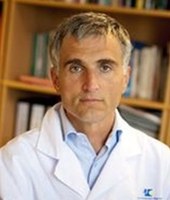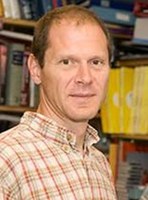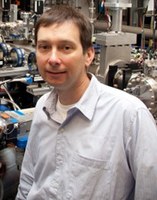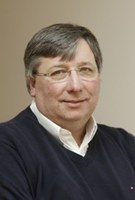Plenary Speakers
 |
Serge MordonProfessor Mordon is from the French National Institute of Health and Medical Research (INSERM), at Lille. He is an internationally recognized expert in laser-tissues interaction and laser applications in medicine. Since 1981 he has been involved in the medical applications of lasers, particularly in dermatology and plastic surgery. More recently, he has focused his research on Laser Interstitial Thermo Therapy and Photodynamic Therapy. |
|
|
Brett BoumaProfessor Bouma is Professor of Dermatology and Health Sciences and Technology at Harvard Medical School and an Associate Physicist in the Wellman Center for Photomedicine at the Massachusetts General Hospital. His research interests are primarily focused on the development and validation of new optical methods for disease diagnosis. Light, and advanced fiber-optic technologies in particular, open the prospect for minimally invasive diagnosis of early disease stages. Dr. Bouma's research has contributed substantially to the development of new imaging modalities, including optical coherence tomography (OCT), spectrally encoded confocal microscopy and spectrally encoded endoscopy. |
|
|
Henry ChapmanProfessor Chapman is from the University of Hamburg and is head of the Coherent Imaging Group at the Center for Free Electron Laser Science (CFEL). He is a well-known expert in the field of three-dimensional imaging and phase retrieval. His development of investigation methods in this field is equally important for both, materials science and biology. In 2010 he received the Bjørn H. Wiik Prize for his groundbreaking experiments in the field of structural analysis of complex molecules at free-electron lasers. |
|
|
Ernst StelzerProfessor Stelzer is Vice-Director Buchmann Institute for Molecular Life Sciences (BMLS), Frankfurt. He has work in an interdisciplinary environment for more than twenty-five years, bridging the gaps between optical physics, instrumentation development, molecular cell biology and the mathematical interpretations of life sciences experiments. He developed the confocal 4Pi fluorescence microscope during 1990-1992 and introduced orthogonal and multi-lens detection schemes with confocal theta fluorescence microscopy around 1993. The latter led to the development of the tetrahedral microscope in 1999, which in turn triggered the development of light sheet-based fluorescence microscopy (LSFM) in 2001. |




